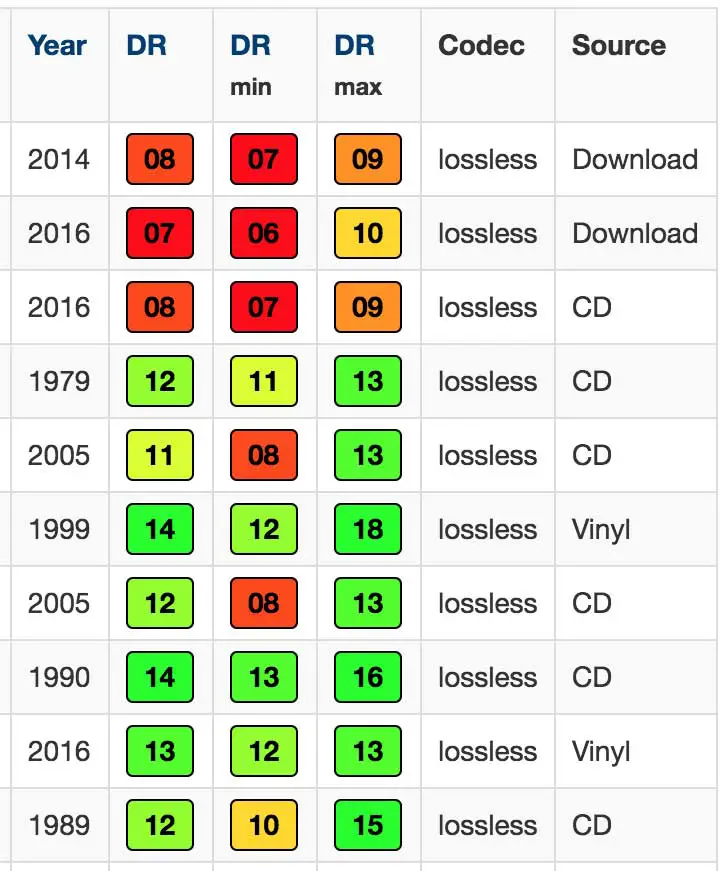This isn't correct. The lower frequencies are reduced and higher frequencies are increased during recording and restored back during playback. The only reason lower frequencies were reduced using a RIAA equalization curve equation, so that the grooves became smaller to allow more songs to be fitted into the vinyl. During playback the reverse was done. The RIAA curve is actually brilliant and there is no loss of dynamics or content. In fact, the RIAA curve reflects the best minds that came together to fix a practical problem of fitting more music on a single lp record without sacrificing the low frequencies. The brilliance is because the curve also reduces noise due to dust accumulated on records. Records and record player needles are sensitive, so much that even the slightest amount of dust and hair accumulated on either will cause high frequency hiss sounds and the occasional popping sound. By boosting high frequency volumes, this also increases the volume of these hisses and crackles. So why do it?
Because when you later invert the RIAA equalization curve in the electronics of the turntable, you end up reducing the volume of these noises, providing an even clearer listening experience. Let me make more sense of this for you.
No matter what audio is being played by the needle, the hiss and clicks will be the same volume. So by boosting the high frequencies on the record itself, they will drown out these noises. This increases the signal-to-noise ratio, which reduces the volume of the noise floor. So during playback, when the high frequencies are then lowered back to their correct volumes, the noises (which were also boosted but not as much relative to the actual music) are reduced in volume lower than they would have been played back without this equalization curve being applied

Is analog perfect? The RIAA curve doesn't solve the motor rumble problem. So what did the manufacturers do? They kept on improving the motor. Just like analog, digital too isn't perfect. Eventhough humongous amount of work has been done on digital, it is still susceptible to jitter. Analog has never been perfect, but the quality that can be seen with so much imperfections is a testimonial to the human spirit and igenuity. The same ingenuity continues in the digital world. Few years back Fraunhofer Institute said the MP3 codec that they developed is soooo perfect and no humans can actually distinguish between a high quality losless mp3 and uncompressed music. But many of us can actually distinguish between the quality of mp3 and wav/flac/dsd. Companies like apple promoted it and almost destroyed lossless music. The same argument holds when manufacturers say that the human ear cannot hear jitter and other digital imperfections. Tomorrow will be another day.
To quote Amir,
The father of jitter if you may call, Don Waltman, who first showed that jitter is freqency dependent proved that audibility of jitter highly dependent on the frequency. As far as audibility of jitter is concerned, there is hardly any research on this subject. Dolby Labs in 1988 showed that pure sine wave spectrum jitter can be audible in just a few nanosecond range. So only DAC manufacturers will say jitter is no longer a problem to sell their highly priced dacs. Unless the human species have evolved their ears since 1988 to reject jitter in nanoseconds range, the observations are still valid. Most of us cannot afford to have DACs with that precise clocks or analog systems with LP records that are spotless clean, we should be content with whatever best we have. But when we assume that the system we have is perfect, it is veering towards snake oil, just like the audiophile hard disk or the cable with special super conducting copper or some rare earth material used in an inductor used in a 'make in india' power conditioner or a cable cooker needed to break in a cable. No system is perfect. I myself use digital more than analog and I do believe it is the future and will get better and better every year. As of today, digital may be better and has overtaken analog (I haven't heard a state of the art analog system yet), but to say digital is sooo perfect is incorrect. To bring out the issues with digital is != disparaging digital.
This graph is from dolby labs 1988 AES paper:
Theoretical and Audible Effects of Jitter on Digital Audio Quality
View attachment 65687




